
How to Use Your Superannuation to Fund a Business Startup
Australia's superannuation system is designed to provide financial stability in retirement. However, for those with entrepreneurial ambition and strategic foresight, super can also become a powerful funding mechanism for launching a business…
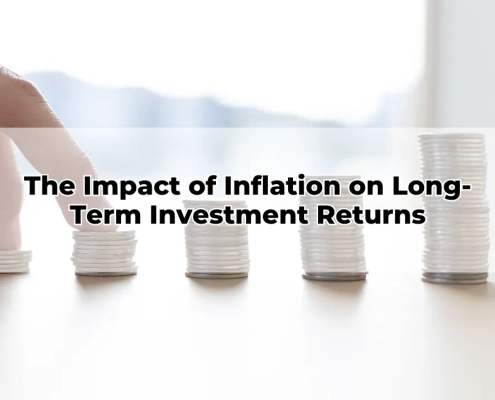
The Impact of Inflation on Long-Term Investment Returns
Inflation, often viewed as an economic inevitability, quietly eats away at purchasing power, slowly but surely undermining the value of money. For investors, especially those focused on long-term outcomes, inflation is not merely a macroeconomic…

How to Make the Most of Salary Sacrificing for Retirement Savings
In the ever-evolving world of retirement planning, salary sacrificing remains one of the most tax-effective and underutilised strategies available to Australian employees. When used intelligently, it offers a streamlined path to bolstering retirement…
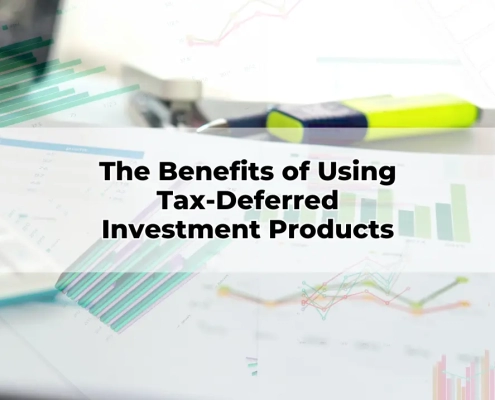
The Benefits of Using Tax-Deferred Investment Products
Tax-deferred investment products are an integral component of intelligent wealth-building strategies, particularly for individuals looking to accumulate wealth efficiently over time. Unlike traditional investment options where earnings are taxed…
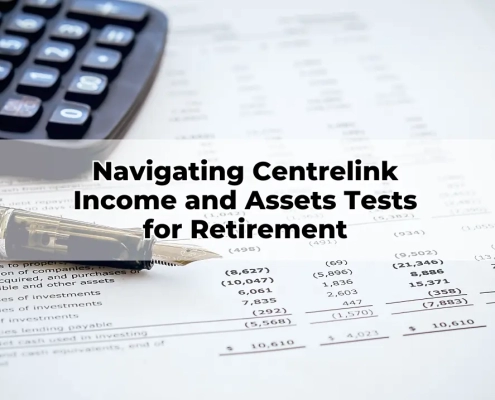
Navigating Centrelink Income and Assets Tests for Retirement
As Australians approach retirement, navigating Centrelink's complex income and assets tests becomes a vital part of securing financial wellbeing. These assessments determine eligibility for the Age Pension and other social security entitlements.…

How to Create a Retirement Plan as a Business Owner
Unlike salaried employees, business owners navigate a distinct retirement trajectory. The absence of employer-sponsored superannuation contributions, fluctuating income streams, and the tendency to reinvest profits back into the enterprise all…

How to Plan for Healthcare Costs in Retirement
Retirement in Australia brings with it the freedom of time but also the burden of escalating healthcare costs. Many retirees underestimate the financial demands of maintaining health and wellbeing in later years. As life expectancy increases,…

The Benefits of SMSF for Real Estate Investment
Self-Managed Super Funds (SMSFs) have become a compelling vehicle for wealth accumulation, particularly for those seeking to invest in real estate. With increased control, transparency, and potential tax advantages, SMSFs enable investors to…
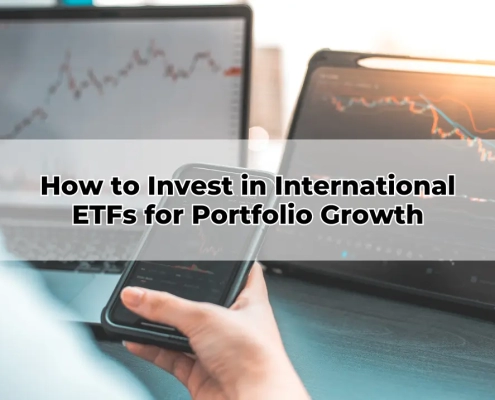
How to Invest in International ETFs for Portfolio Growth
International Exchange-Traded Funds (ETFs) are diversified investment vehicles that offer exposure to global markets without the complexity of directly purchasing foreign assets. These funds pool investor money and track international indices…

Superannuation Strategies for Late Starters
The path to retirement security often assumes a long runway of contributions, but not everyone begins early. Whether due to career breaks, life's unpredictability, or simply a late financial awakening, many Australians approach their 50s with…
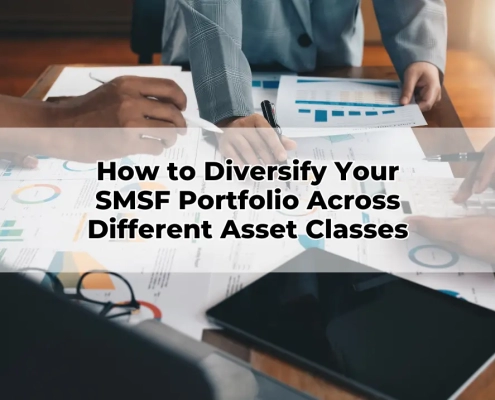
How to Diversify Your SMSF Portfolio Across Different Asset Classes
In the realm of self-managed superannuation funds (SMSFs), diversification is not a buzzword—it's a fundamental tenet of sound investing. As a Toowoomba Financial Adviser, I’ve observed that many trustees underestimate the significance…
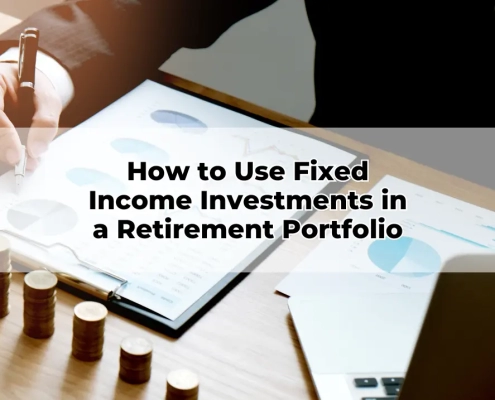
How to Use Fixed Income Investments in a Retirement Portfolio
Fixed income investments, in essence, are financial instruments that deliver predictable returns through interest or dividend payments. Typically, these include government bonds, corporate bonds, term deposits, and hybrid securities. Unlike…
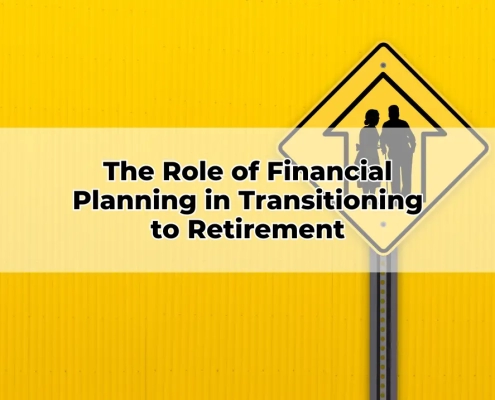
The Role of Financial Planning in Transitioning to Retirement
Transitioning into retirement is not a single event—it’s a meticulously staged financial evolution. This period, often regarded as a major life milestone, demands strategic foresight and refined planning. With Australia’s ageing population…

How to Protect Your Superannuation from Market Volatility
Market volatility refers to unpredictable fluctuations in investment markets, particularly share markets, which can have a significant effect on superannuation balances. Superannuation, being a long-term investment vehicle, is exposed to various…

Investing in Treasury Bonds: The Pros and Cons
Australian Treasury Bonds represent a fundamental pillar of the fixed-income investment landscape. Issued by the Commonwealth Government, these debt securities are considered among the most secure investment vehicles in the nation. They pay…
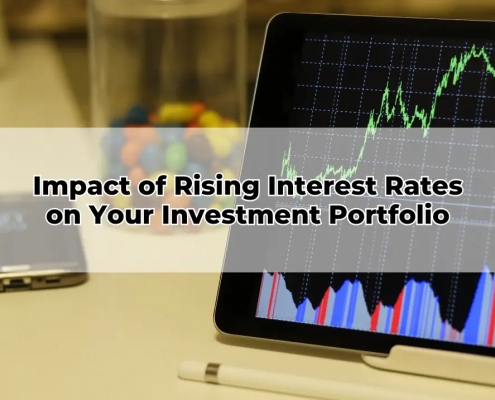
Impact of Rising Interest Rates on Your Investment Portfolio
Australia’s economic fabric is constantly shifting, with the Reserve Bank of Australia (RBA) using interest rate changes as a primary tool to control inflation and stimulate or cool the economy. In recent years, a sharp rise in interest rates…

How to Use Superannuation for Mortgage Reduction
In Australia, superannuation represents a formidable long-term asset. Simultaneously, for many Australians, the mortgage remains their most significant financial burden. Combining strategic thinking with legislative allowances, superannuation…

Financial Advice in Navigating the Family Home and Super
The family home often holds deep sentimental value. Beyond the emotional significance, however, lies a substantial financial asset—frequently the largest single component of personal wealth in Australia. Its dual role as both a shelter and…

How to Use Financial Modelling for Retirement Planning?
Retirement planning is no longer a vague aspiration tied to age. It's a complex, multifaceted financial exercise requiring precision, strategy, and foresight. Financial modelling brings clarity to this process, allowing individuals to visualise…

What is an Investment Bond and How Does it Work?
An investment bond, also referred to as an insurance bond or a tax-paid investment, is a long-term investment structure offered by life insurance companies. These financial instruments are essentially a blend of a managed fund and a life insurance…

How to Use an SMSF to Invest in Cryptocurrency
Self-managed superannuation funds (SMSFs) provide Australians with greater control over their retirement savings. As digital assets gain traction, many investors are exploring cryptocurrency as a viable addition to their SMSF portfolio. However,…

Ethical Investing: Aligning Your Portfolio With Your Values
Ethical investing has surged in popularity as investors seek to align their financial decisions with their personal values. Whether it's environmental sustainability, social responsibility, or corporate governance, investors are demanding more…
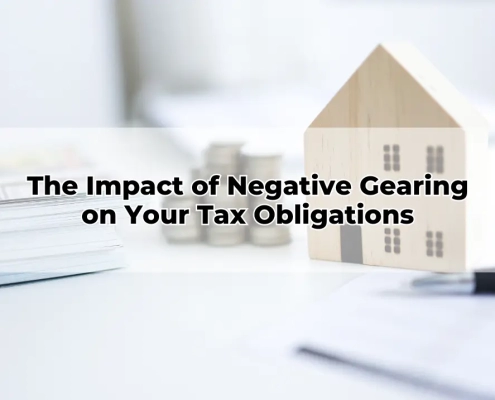
The Impact of Negative Gearing on Your Tax Obligations
Negative gearing is a widely used investment strategy in Australia, particularly within the property market. While it offers potential tax advantages, it also carries financial risks that require careful consideration. Understanding how negative…

How to Create a Budget to Maximise Your Retirement Savings
Effective budgeting is the cornerstone of a secure retirement. Whether you are just beginning your retirement planning journey or refining your financial strategy, a well-structured budget ensures you maximise your savings and maintain…
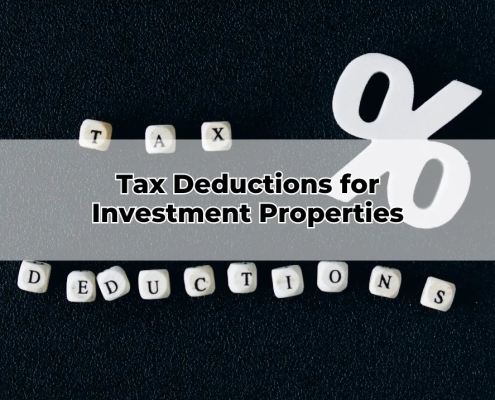
Tax Deductions for Investment Properties
Investing in property can be a lucrative strategy, but to maximise your returns, understanding the tax benefits is essential. The Australian Taxation Office (ATO) allows property investors to claim various deductions, reducing taxable…

How to Evaluate and Choose the Right Financial Adviser for You
A financial adviser serves as a strategic partner in your wealth-building journey, providing guidance on investments, retirement planning, tax strategies, and estate structuring. They tailor financial strategies to suit your goals and risk appetite,…

What You Need to Know About Australian Life Cycle Funds
Life cycle funds, also known as target-date funds, are a type of managed investment strategy designed to automatically adjust asset allocation as investors age. These funds are structured to balance growth and risk by shifting from aggressive…

Financial Strategies When Considering Downsizing
Downsizing is often viewed as a simple decision to relocate to a smaller residence. However, it is a multifaceted financial strategy with implications for retirement, superannuation, and estate planning. Australians considering downsizing should…

The Pros and Cons of Reverse Mortgages
A reverse mortgage is a financial product designed for Australians aged 60 and over, allowing homeowners to access equity tied up in their property without the need to sell. Unlike a traditional mortgage, no regular repayments are required,…

How to Protect Your Retirement Savings During Market Crashes
Market crashes are an inevitable part of financial cycles. These downturns,often triggered by economic instability, geopolitical events, or unforeseencrises, can erode wealth and destabilise investment portfolios. For retireesand those approaching…


